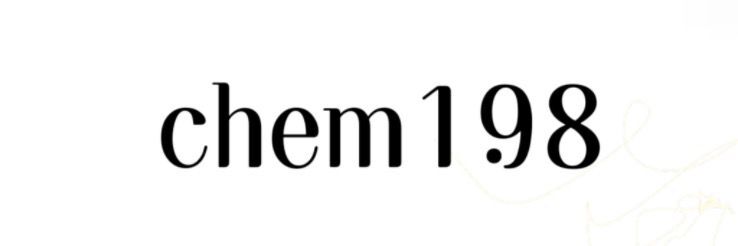Maximize Durability with General Industrial Powder Coating Techniques
General Industrial Powder Coating is vital for enhancing the durability of metal products in various industries. This technique is favored due to its resistance to corrosion, chipping, and fading compared to traditional liquid coatings. To maximize durability, understanding the processes and materials involved is crucial.
Are you interested in learning more about General Industrial Powder Coating? Contact us today to secure an expert consultation!
Understanding Powder Coating
Powder coating involves applying a dry powder to a surface, which is then cured under heat to form a hard finish. This method is particularly effective for metal surfaces as it provides a robust protective layer. The key components of powder coating include the powder material itself, the application equipment, the curing process, and surface preparation. Each step plays a pivotal role in achieving a long-lasting finish.
The Importance of Surface Preparation
Proper surface preparation cannot be overstated. This step involves cleaning the substrate to remove any contaminants such as oils, dust, or rust. Techniques like sandblasting, chemical cleaning, or grinding can be employed to achieve a suitable surface. A clean surface ensures that the powder adheres effectively, reducing the likelihood of defects that could compromise durability.
Selecting the Right Powder
The choice of powder is crucial for maximizing durability. There are various types of powders available, including epoxies, polyesters, and hybrids. Epoxy powders offer excellent adhesion and corrosion resistance, while polyesters provide UV stability and weather resistance. Evaluating the environment the coated product will be exposed to is essential in selecting the appropriate powder type. For instance, industrial applications might benefit from using a polyester powder for its superior exterior durability.
You will get efficient and thoughtful service from YD Powder Coating.
Application Techniques
Effective application techniques greatly influence the final coating quality. Electrostatic spray is the most common method used, as it allows for even coverage and reduced overspray. By charging the powder particles as they are sprayed, they are attracted to the grounded surface, ensuring an even coating. Additionally, using a fluidized bed can be beneficial for thicker coatings, where the item is dipped into a bed of fluidized powder for complete coverage.
Monitoring Cure Times and Temperatures
Once the powder is applied, the curing process begins. This involves heating the coated product to a specific temperature for an appropriate length of time, depending on the powder formulation. Monitoring both the temperature and cure time is critical; insufficient curing can lead to a weak bond and decreased durability. Always refer to the manufacturer's specifications for optimal temperatures and times, ensuring that the coated surface achieves its maximum potential.
Post-Coating Inspections
After the curing process, inspecting the coated surface is essential to assess quality and durability. Visual inspections should check for uniform coverage and finish quality. Additionally, performing tests such as adhesion tests, salt spray tests, and impact resistance tests can provide an understanding of the coating's performance. These evaluations can guide future coatings and surface preparations, ensuring consistent quality in production.
Conclusion
Maximizing durability with General Industrial Powder Coating techniques is a multifaceted approach. From thorough surface preparation and selecting the right powder to optimizing application methods and cure parameters, each step is crucial in achieving a long-lasting, resilient finish. By adhering to these best practices, industries can ensure that their coated products will withstand the test of time and harsh environmental conditions.
With competitive price and timely delivery, YD Powder Coating sincerely hope to be your supplier and partner.

